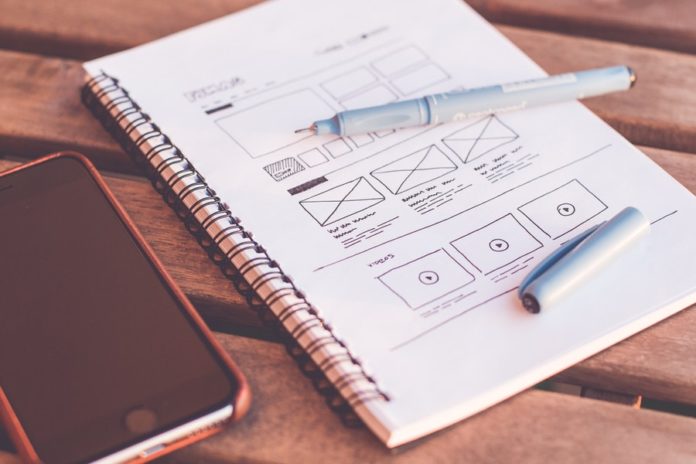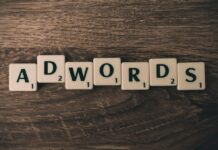So, you want to create a high-converting landing page but have no idea how to go about it? We will show you how to create a landing page that will get customer attention. For this, you will need to know what the essential components of a landing page are.
Before we begin our discussion on the various elements that go into designing a successful landing page, I want to mention how important these pages are, and that you should be thinking about them in your strategic planning. In fact, most quality completed business plans mention not only driving traffic to their websites, but how they will optimize their landing pages for success.
So let’s de-mystify what a landing page is and what it does. A landing page can either be the homepage of your website or another page altogether. It could be used to promote your products/services or announce a giveaway contest, or for myriad other purposes. Designing a rewarding landing page can seem difficult amid all of the little details that need taking care of, but it isn’t really. There are multiple unifying aspects of landing pages.
Heading and Subheading
The first thing to note down in your business plan for creating a profitable landing page is the headline. When you open a landing page, the thing that draws your attention to the page before anything else is the heading. An ideal headline for your landing page should be a sneak-peek into what the audience can expect from this page. Keep it short and informative, letting the audience know what kind of products and/or services you offer. A sub-headline can provide more details of what the heading hints at.
Define Your USP
What is the Unique Selling Proposition (USP) of your business? Why should the audience feel inspired to engage with your business? Set clear expectations for your landing page visitors and describe the benefits your business offers in the simplest of terms.
Supporting Images/Videos
Once you’ve decided on your headline, your sub-headline, and have featured your USP on the landing page, it is time for the hero shot. What is the hero shot? The hero shot could be a photo or a video or a series of photos or short videos. Use these to visually represent and re-confirm what your customers can expect from your services/products. Try to depict context of use instead of simply using glorious product descriptions. It will provide potential customers with more valuable and dependable information.
Don’t Forget to Include Social Proof
Nothing persuades a buyer to finalize their purchase more than social proof. By referring to social proof – such as reviews and ratings of past customers – your potential buyer can determine whether they want to extend their business to you. If you’ve won any relevant business awards or certification, include these on your business landing page too.
Closing Argument and Call-to-Action (CTA)
The closing argument is basically a summary of your appeal to potential customers. You convince visitors, one last time, why they should invest in your products/service, what sets your offerings apart from that of your industry peers and so on. In the end, you leave a CTA. A CTA is an integral part of any business plan to elicit or improve customer conversion. The CTA could be an appeal to follow your business page on social media, sign up for your business newsletter or even make a purchase of your products/services. The success of this CTA will help you analyze the effectiveness of the landing page you’ve designed.






















